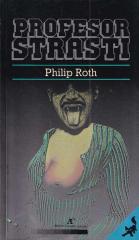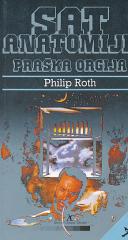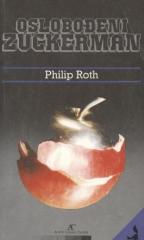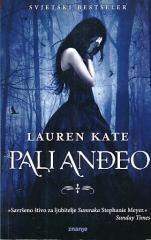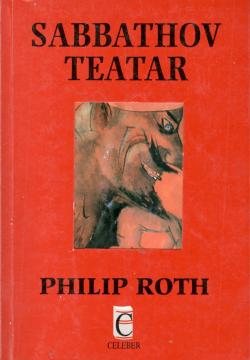
Sabbathov teatar
Philip Roth, a master of introspective prose, creates a wild, erotic, and misanthropic portrait of aging and loss in Sabbath's Theater. A masterpiece of Roth's maturity, the novel bites at taboos, celebrating rebellion against "good manners."
The protagonist Mickey Sabbath, a 64-year-old puppeteer and former avant-garde artist, lives in New York and Madagascar, obsessed with the death of his lover Drenka Balich, a Croatian immigrant who died of cancer. Her death sets off a cascade of memories and destructive acts: Sabbath masturbates on her grave, sleeps with prostitutes, clashes with family and friends, and mocks conventions.
The novel, divided into five parts, follows Sabbath's "theater" - a grotesque cabaret of life where sex, art, and death mix. He clashes with his second wife Rose, his daughter Michelle (who accuses him of anti-Semitism), his son Morty (who died of drugs), and his friend Norman, a psychiatrist who saves him from suicide. Flashbacks reveal Sabbath's past: in the 1950s in Greenwich Village, where he created provocative puppet shows about sex and politics, inspired by commedia dell'arte and Freud.
Roth dissects the American dream through Sabbath's cynicism: "Life is a farce, and death is a stage set." The themes are profound—male sexuality as obsession, grief as erotomania, Jewish identity in postmodern America, art as an escape from nothingness. The style is swirling, vulgar, full of monologues and dialogues that border on obscenity, but profoundly human: Sabbath is not a hero, but a tragic clown who refuses to die.
One copy is available
